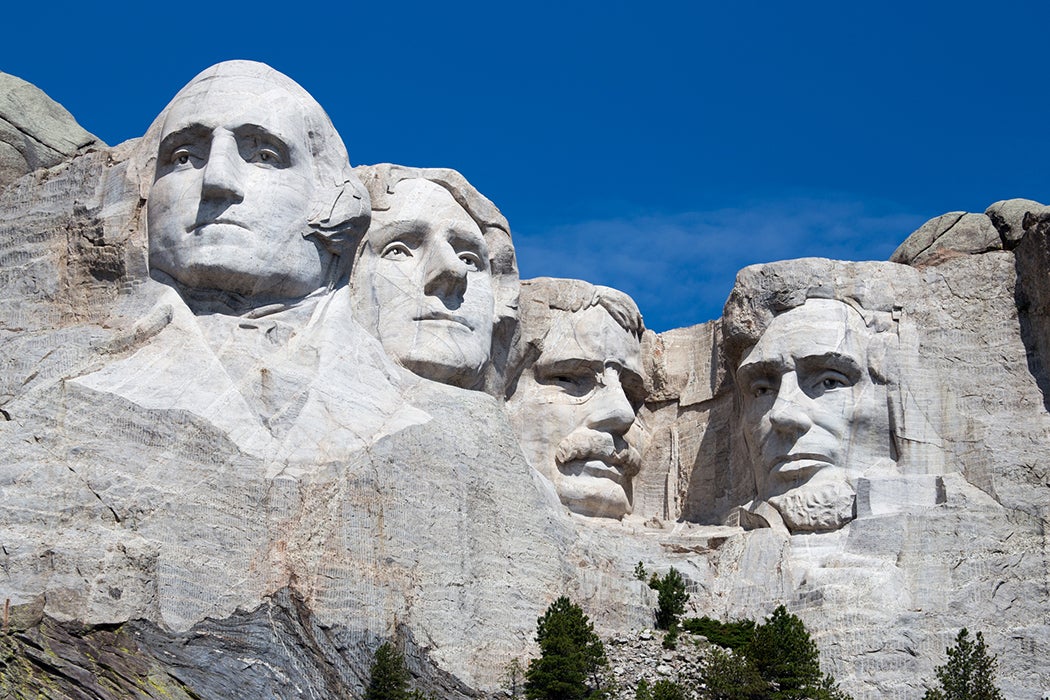Week 3 - River
Checking out the mighty Mississippi River
St. Louis, Missouri lies on the western banks of the Mississippi River, one of the largest drainage systems in North America. In the 1990s, it was easy to catch a ride on an old steamboat (which doubled as a floating McDonalds at the time) and experience the river like Tom Sawyer and Huckleberry Finn. This mighty river starts in Minnesota, winding southward until draining into the Mississippi River Delta in the Gulf of Mexico. Between of all the tributaries that drain into the Mississippi, it reaches thirty one states in totality.
 |
| The Mississippi River |
The Upper Mississippi is composed of clay, silt, loam, and sand over a stratum of glacial outwash. This multi-threaded river has numerous bars and small islands, lazily wrapping from it's headwaters to around St. Louis, Missouri. It's width at the source begins at a meager 20 feet but can stretch as wide as three miles in parts of Iowa. The headwater depth is roughly three feet, but deepens to 20 to 30 feet deep near St. Louis. The discharge around the source starts at six cubic feet per second (cfs), increasing to 12,000 cfs in Minnesota, and upwards to 180,000 cfs by the time it reaches St. Louis. A characteristic of this section is the rocky bluffs on both sides of the river, most of which are forested areas. As a kid, my grandfather would take us up to the river to one of the many picturesque camping sites. The bluffs provided plenty to see, and some of the smaller tributaries were perfect for canoeing and fishing.
 |
| The Upper Mississippi |
The Middle Mississippi starts around St. Louis, Missouri and reaches into Cairo, Illinois at the confluence of the Ohio and Missouri Rivers. Cairo, if you aren't aware, is a very unique town that was slated to be the biggest metropolis in the country because of the confluence of the three biggest rivers in the country. Unfortunately, that never happened and the city collapsed. Driving through it today is depressing, but it's build to become an island during flooding (I recommend looking it up). Anyway, the discharge here can get up to 400,000 cfs, with a depth of 50 to 100 feet, and various widths. The flood of 1993 (that I very vividly remember here in St. Louis) saw as high as 1,000,000 cfs! The speed of the river can reach around two miles per hour.
 |
| Middle Mississippi |
The Lower Mississippi stretches from Cairo, Illinois to Gulf of Mexico and meanders much more here than anywhere else along its path. This partly due to the high volume of discharge, upwards to 500,000 cfs and more in some parts. As the river spiderwebs though Louisiana, the depth of the river can reach as deep as 200 feet.
 |
| Lower Mississippi |

































